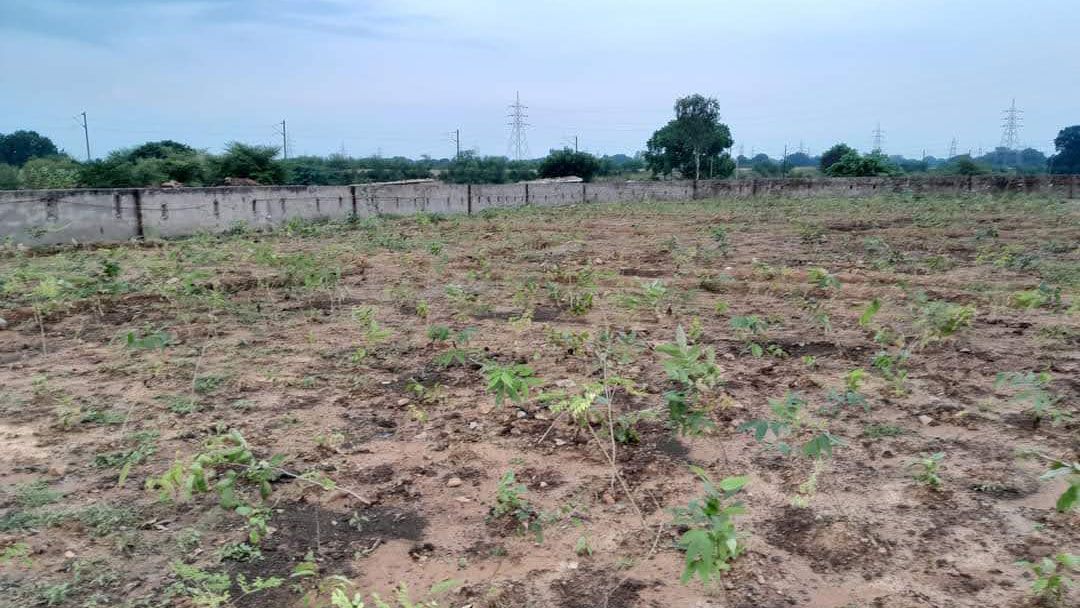
Changes In Landscapes And Wildlife Community
Landscapes are dynamic systems that change over time due to natural and human factors. These changes can have profound impacts on the wildlife community that inhabits them, affecting their distribution, abundance, diversity and interactions. Understanding how landscapes and wildlife change and respond to each other is crucial for conservation and management of biodiversity and ecosystem services. Some of the drivers of landscape change are:
• Urbanization: The expansion of human settlements and infrastructure can fragment and degrade natural habitats, reducing the availability and quality of resources for wildlife. Urbanization can also create new opportunities for wildlife to exploit novel habitats and food sources, such as gardens, parks and waste dumps. However, this can also increase the risk of human–wildlife conflicts, disease transmission and invasive species.
• Agriculture: The conversion of natural habitats to croplands and pastures can alter the structure and function of landscapes, affecting the water cycle, soil fertility, carbon storage and biodiversity. Agriculture can also provide supplementary food and shelter for some wildlife species, such as birds and rodents, but may also expose them to pesticides, predators and competition.
• Conservation: The establishment of protected areas and restoration of degraded habitats can enhance the conservation of wildlife by increasing their habitat area, connectivity and quality. Conservation can also promote ecotourism and environmental education, raising awareness and appreciation of wildlife among local communities and visitors. However, conservation can also have trade-offs with other land uses, such as agriculture and development, affecting the livelihoods and well-being of people. The changes in landscapes can affect the wildlife community in various:
• Distribution: The spatial arrangement of habitats and resources can influence where wildlife occurs and moves across landscapes. Landscape changes can alter the distribution patterns of wildlife by creating barriers or corridors for dispersal, migration and gene flow. For example, urbanization can isolate wildlife populations in remnant patches or facilitate their movement along greenways.
• Abundance: The amount of habitats and resources available can determine how many individuals of a wildlife species can survive and reproduce in a landscape. Landscape changes can affect the abundance of wildlife by increasing or decreasing their carrying capacity, mortality and recruitment rates. For example, agriculture can reduce the abundance of wildlife by removing their natural food sources or increase it by providing artificial ones.
• Diversity: The variety of wildlife species and their genetic makeup can reflect the diversity of habitats and environmental conditions in a landscape. Landscape changes can affect the diversity of wildlife by creating or eliminating niches for different species, altering the evolutionary pressures and opportunities for adaptation and speciation. For example, conservation can increase the diversity of wildlife by preserving rare or endemic species or decrease it by introducing exotic ones.
• Interactions: The relationships among wildlife species and between wildlife and humans can shape the structure and function of wildlife communities in a landscape. Landscape changes can affect the interactions of wildlife by modifying their competition, predation, mutualism and disease dynamics. For example, urbanization can increase the interactions of wildlife with humans by attracting commensal or conflict species or decrease them by deterring sensitive or threatened species. Landscape change is inevitable and often irreversible. Therefore, it is important to monitor and understand its effects on wildlife communities and design appropriate strategies to mitigate or adapt to them. By integrating ecological knowledge with spatial planning and participatory approaches, we can create more sustainable landscapes that balance the needs of both people and wildlife.
